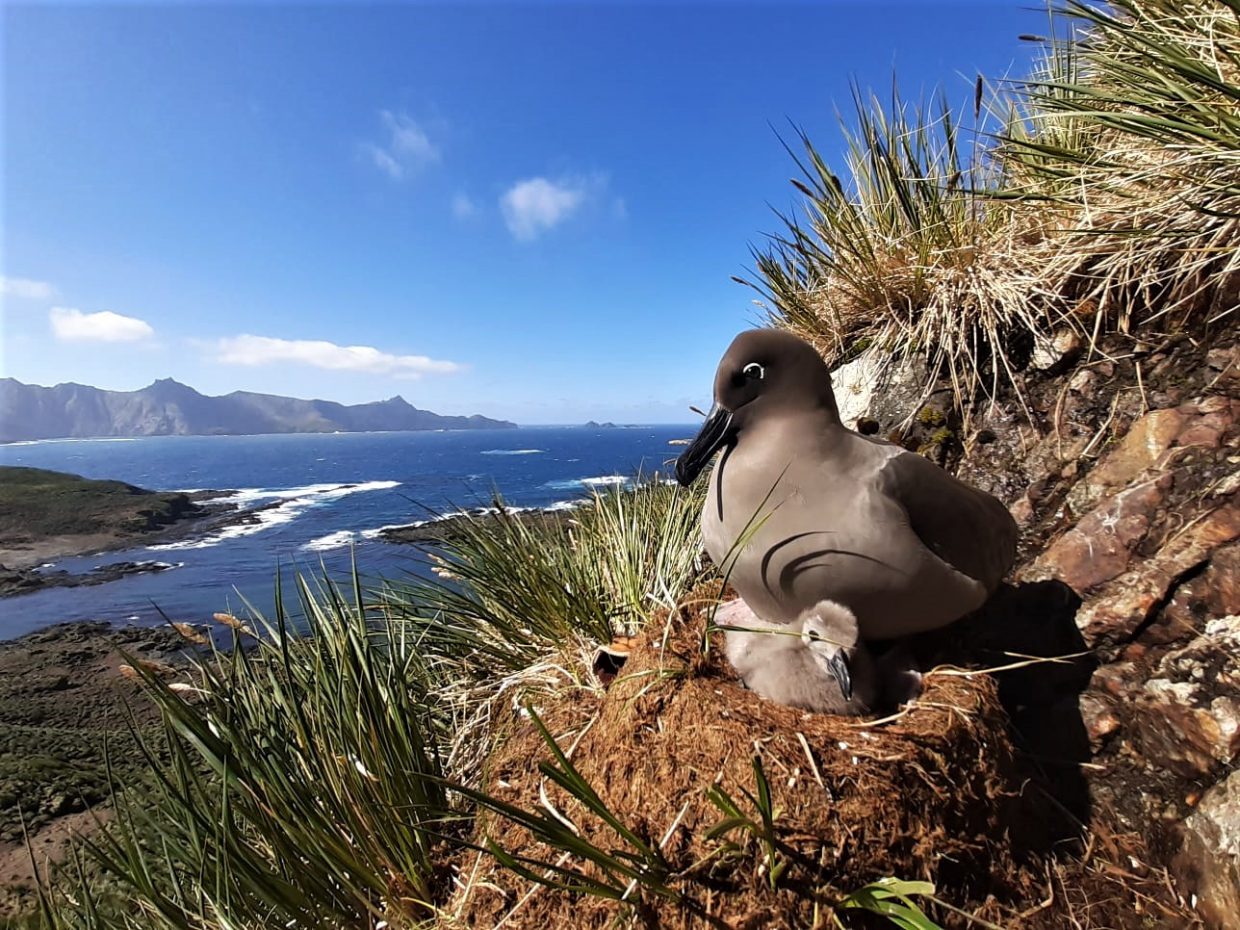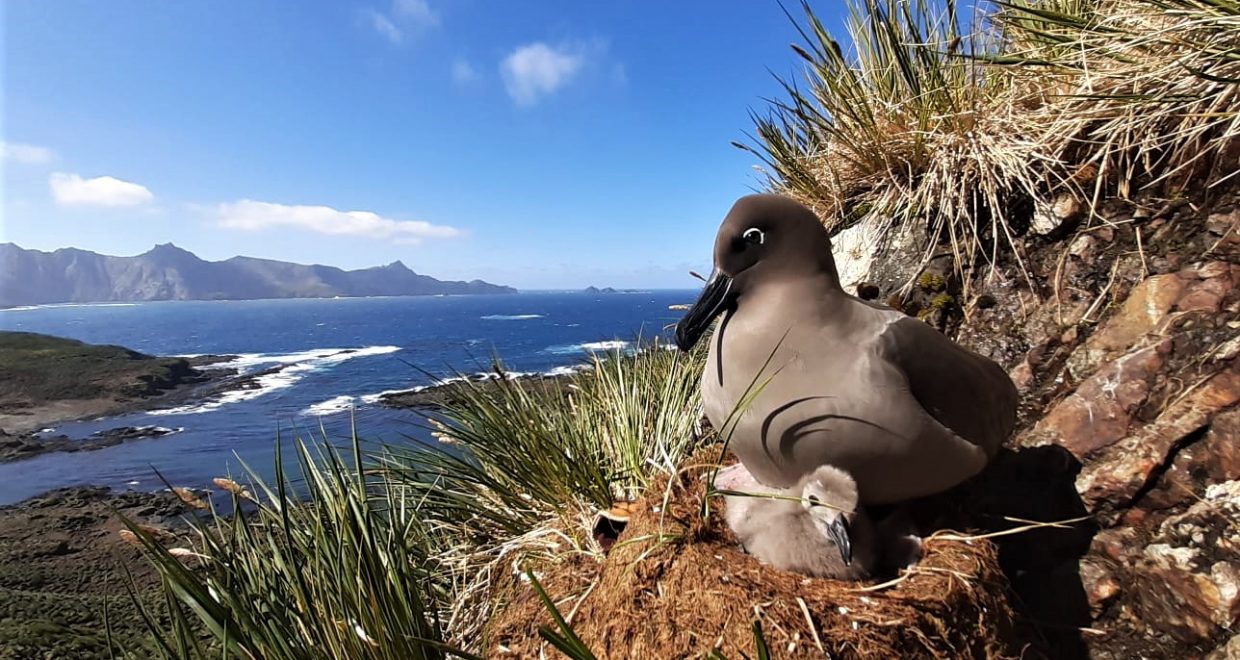Seabirds and bycatch
To celebrate World Albatross Day on 19 June 2022, this month’s third centenary collection of BCI papers focuses on the theme of seabirds and bycatch.
Seabirds are the most threatened group of birds globally, and a good indicator of ocean health. The declining populations of many seabird species reflect the poor state of our marine environment. Fisheries bycatch is one of the leading drivers of seabird population declines, but with well-established mitigation measures available, we have the power to change this.

The incidental mortality of non-target species in fisheries (bycatch) is a key driver of global seabird population declines. Many seabirds forage in areas that overlap with fishing activity, making them vulnerable to interactions with fishing gear. The use of baited hooks and the discarding of unwanted catch and offal attracts birds to fishing vessels and gear. Birds are caught and drowned on baited longline hooks and in nets or killed by collisions with trawl cables. It is estimated that over 600,000 seabirds are killed as bycatch every year.
The fishing gears largely responsible for seabird bycatch include trawls, longlines, purse seines and gillnets. The albatross family is particularly imperilled, with 15 of 22 species threatened with extinction. Albatrosses are slow to mature and reproduce, with most laying only one egg every two years and many don’t breed until they are ten years old. Even small rates of mortality in fisheries can cause long-term declines in their populations.
Yet, mitigation measures to reduce seabird bycatch exist, including:
- Line weighting: weight is added close to longlines to increase the sink rate and take the hooks out of reach from diving seabirds faster.
- Night setting: vessels set their lines between nautical dusk and dawn. As most seabirds feed during the day, this reduces the likelihood of them being caught.
- Bird-scaring lines: colourful streamers are suspended from a line towed behind the vessel to deter the seabirds from going near the hooks.
- Hookpods: a plastic sheath releases the hook at pressure, out of reach from diving seabirds.

A growing body of evidence has demonstrated that such mitigation measures can effectively reduce the rates of seabird bycatch across various fleets and gear types. For example, the Albatross Task Force has been working with communities and industry to implement seabird bycatch mitigation measures in local fisheries. In some fisheries, the work has reduced seabird bycatch by 90% or more. Such research is driving governmental change across the world to tackle seabird bycatch.
Understanding the spatial distribution of seabirds at-sea has been – and continues to be – key in identifying areas of overlap with fishing fleets that pose a bycatch risk. The BirdLife International Seabird Tracking Database is the largest global collection of seabird tracking data and has helped to serve this exact purpose, by forming the basis of advocacy for improvements in fisheries management. For example, such data supported the adoption of seabird conservation measures in the tuna Regional Fisheries Management Organisations (RFMOs), the international regulatory bodies for fisheries on the high seas, and continue to provide BirdLife with an evidence base to press for the appropriate enforcement of these measures to reduce seabird bycatch rates.

These topics and more are covered in this month’s third centenary collection of BCI papers, made freely available by Cambridge University Press for a limited period to mark the 100th anniversary of BirdLife International.

Bernadette Butfield, RSPB and BirdLife International Marine Programme
Rory Crawford, RSPB and BirdLife International Marine Programme







Good post. Thanks for the information.